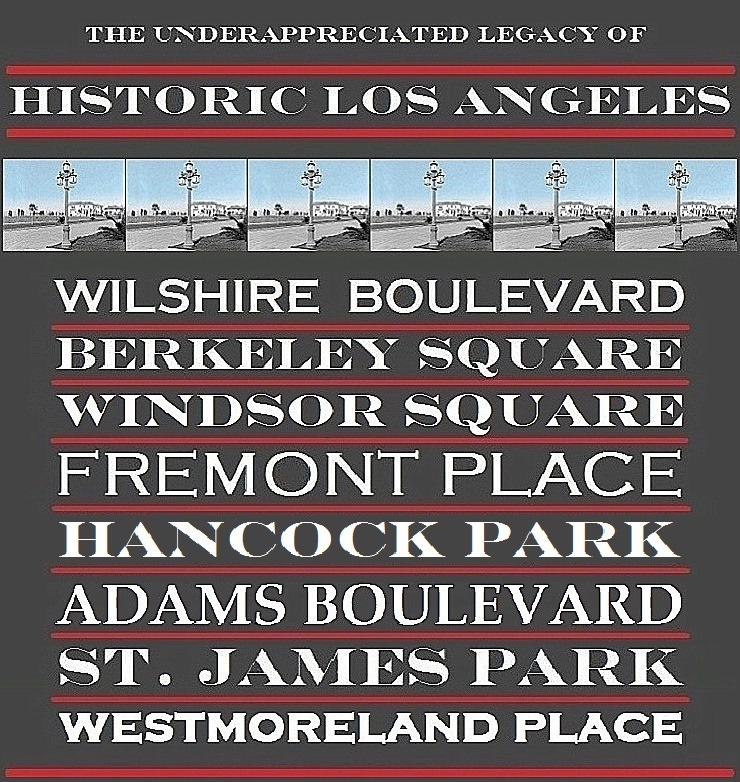The Motormat drive-in in Los Angeles, 1948. The food tray was sent out on rails right to your car. The little awnings provided a shade for your food.

“Debuted in 1949, a Los Angeles innovation promised total elimination of carhops. At a new drive-in called “The Track,” it attracted customers from as far as Santa Monica with its unique type of service. Like a group of horses at a trough [there’s a gracious image], cars ringed around a central building, forming a circular pattern. Twenty semicircular parking spaces bridged a center kitchen by means of metal tracks. Food and condiments rode the rails within carrying…compartment[s] each powered by a small ½-horsepower motor…. The mechanical setup was reminiscent of the wackiest Rube Goldberg device. Positioned in a pre-determined [?] parking space, the diner rolled down the car window and was greeted by a stainless-steel bin that could be made flush with the door. Inside the box were plastic cups, a water bottle, menu, order pad, and change tray. It was large, too. Food for six people could be ferried back and forth on the elevated platforms. Patrons would jot down their orders and with the push of a button, the unit scooted a return to the kitchen…. When the empty bin arrived at the kitchen, an attendant put through the order and added up the bill. As hamburgers and other entrées were prepared, the rail box made its second journey to the automobile to collect the money. By the time it returned to the preparation area, the food was ready to go—loaded into the compartment along with condiments and the customer’s change. According to inventor Kenneth C. Purdy, the spoke-and-wheel-track arrangement sped service 20-25 percent.”
Well, needless to say, we wanted to know where this madcap drive-in was. There was a 1951 phone-book listing for a “The Track No 3” at 3816 Sepulveda Boulevard in Culver City, now the site of a Carl Jr’s, but current visual cues there don’t jive with the vintage shots seen here. So we squinted at the pics, especially the one at top, and decided that the sign on the Herman-Something real estate office must have said “Herman Shrager”—who, it turns out, dealt in cemetery real estate, as in plots.
 |
|
The view from the kitchen, above. Below: |
 |
| As seen in the Los Angeles Times on February 17, 1952 |
 |
| Looking north today at Beverly Boulevard and Kilkea Drive |





